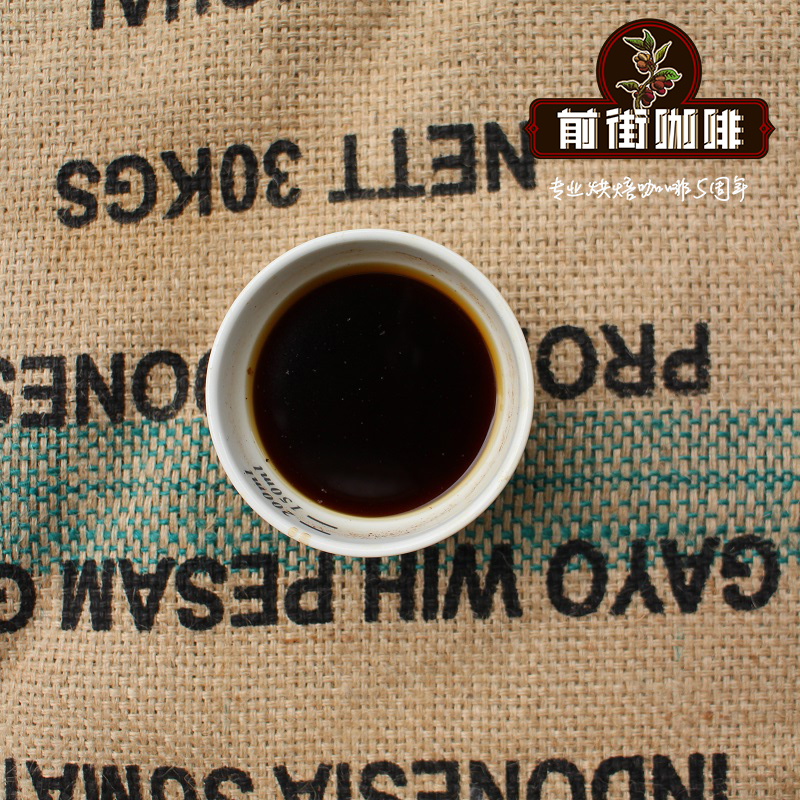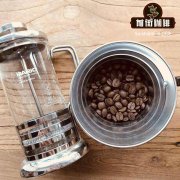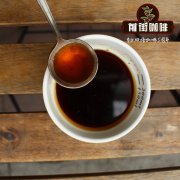How do you drink Kenyan coffee? What is the best coffee in Kenya? Kenyan coffee grades.

Professional coffee knowledge exchange more coffee bean information please follow the coffee workshop (Wechat official account cafe_style)
Unfortunately, there is no international standard for coffee quality, but is classified by several unique coffee characteristics of each country of origin. Sample coffee beans are taken from a bag and evaluated according to the standards of that country, and then the whole bag of coffee beans is marked with a grade label, good or bad, depending on the evaluation results. Most ratings are based on appearance (size, uniformity, color); number of defective products in each sample; cup quality (cup quality), which of course includes taste and shape, and whether coffee beans are well and evenly roasted. Because the types of grades and terms vary from country to country, and the quality standards are only suitable for locally produced coffee, if you are not familiar with the grading system of the place of origin, it is not easy to explain the true quality of coffee. These countries have at least one thing in common: all countries use standard screens to determine the size of coffee beans so that buyers do not have to guess the size of coffee beans provided by producers.
Coffee may have exotic regional names, or may be classified by process (washing or non-washing). It may have a descriptive name, or just one or two letters arranged in number. In specific countries where the coffee industry is nationalized, the grading system seems quite boring. For example, in Kenya, a bag of coffee beans may be washed "AA", plus a number represents one of the 10 brewing qualities; but this ordinary-sounding coffee has always been considered by most experts to be one of the best coffee in the world. In India, a "Plantation A" ── is assumed to be "washed" because an unwashed coffee called "cherry" ── is one of the best, but not the same grade as in Kenya. However, India has recently become a free market, so people are still waiting to see what kind of grading system it will adopt.
Most Caribbean and Central American countries use words that represent height: LGA (low grown Atlantic, growing in the middle of the Atlantic) and HGA (high grown Atlantic, growing high in the Atlantic) are produced in the eastern part of Costa Rica; HB (hard bean, hard beans), MHB (medium hard bean, medium hardness beans), GHB (good hard bean, good hardness beans) and SHB (strictly hard bean, very hard beans) are produced on the western slopes. The higher the hardness of coffee beans, the higher the height of growth and the more expensive it is. The best farms in Costa Rica can label and mark the height of their coffee beans, while Costa Rica and Nicaragua also use the names Central Central Bueno Lavado (MG), Central Central Altura (the higher place to grow) and Central Estratementi (Central Estrictamente Alturn,SHG) to represent the quality and height of coffee.
Kenya's production of high-altitude Arabica water-washed beans is one of the top coffees in the world. Kenya is a big coffee country and a model student of fine coffee. All coffee is uniformly purchased by the Kenya Coffee Agency for verification, graded and auctioned at auction.
No country in the world attaches so much importance to the production of high-quality coffee as Kenya, so Kenya can be regarded as the best model student for coffee producers in the world, because all Kenyan coffee must be uniformly purchased and graded by the Kenya Coffee Bureau (Coffee Board of Kenya, CBK) set up by the government every Tuesday. Open in the capital by the officially established Nenobi Coffee Exchange (the Nairobi Coffee Exchange), this open system managed by the government encourages more than 570000 small coffee farmers across Kenya to get good prices as long as they are of good quality.
In fact, there is still a lot of support for the efforts made by the Kenyan government. The government provides a large number of small coffee farmers with the skills to grow coffee, coach nearly 300 agricultural transportation and marketing cooperatives to better handle raw beans, and the Kenya Coffee Authority (CBK) invests in the production, quality research, sales and even financial guidance of the coffee industry. It has created the unparalleled charm of the quality and flavor of Kenyan coffee and is deeply loved by coffee buyers from all over the world.
[Kenya Coffee rating]
The history of coffee cultivation in Kenya dates back to the end of the 19th world, when coffee trees were introduced from neighboring Ethiopia in the north. After its own variety improvement, the common varieties are bourbon (Bourbon), Ken special (Kents, SL34, SL28), Tibica (Typica) and Luli 11 (Riuri 11). Now about 90% of the coffee varieties are SL34 and SL28. The new variety Batian published in 2007 has not been planted in large quantities. The vast majority of Kenyan coffee is grown organically without certification because of the use of improved planting techniques and the rare use of chemical pesticides or herbicides.
[Kenyan coffee varieties]
The history of coffee cultivation in Kenya can be traced back to the end of the 19th century. Coffee trees were introduced from neighboring Ethiopia in the north and improved by their own varieties. At present, the common varieties are Bourbon, Kents, SL34, SL28, Typica and Riuri 11. Now about 90% of the coffee varieties are SL34 and SL28. The new variety Batian published in 2007 has not been planted in large quantities. The vast majority of Kenyan coffee is grown organically without certification because of the use of improved planting techniques and the rare use of chemical pesticides or herbicides.
Front Street Coffee [Kenya] is mostly AA grade. Usually we use light to moderate baking to show Kenyan flavor. It not only has a certain taste, but also has the sour smell of Kenyan berries!
Qianjie cooking parameters are suggested:
V60True 90-92 ℃ / 1 15 / time 2 minutes 15 seconds
Flavor: full-bodied virgin fruit flavor, long-lasting sucrose
Important Notice :
前街咖啡 FrontStreet Coffee has moved to new addredd:
FrontStreet Coffee Address: 315,Donghua East Road,GuangZhou
Tel:020 38364473
- Prev

What are the advantages and disadvantages of sun treatment of raw coffee beans? What's the flavor of sun-dried coffee beans? There are some sun treatments.
Professional coffee knowledge exchange more information about coffee beans Please pay attention to the advantages and disadvantages of sun treatment of raw coffee beans in coffee workshop (Wechat official account cafe_style). What's the flavor of sun-dried coffee beans? What is the subdivision of sun treatment? So the sun-dried beans are directly exposed to the coffee cherry (fruit) in the most primitive and natural way, and then the fruit is dried.
- Next

What are the benefits of coffee beans in the sun? What are the ways of drying raw coffee beans in addition to the sun?
Professional coffee knowledge exchange more information about coffee beans Please follow the coffee workshop (Wechat official account cafe_style) what are the benefits of coffee beans in the sun? What are the ways of drying raw coffee beans in addition to the sun? The requirement of the sun treatment on the climate is very high. After the coffee fruit is harvested, the farmers will directly dry it in the sun. After 23 weeks of sun drying, the coffee fruit will be shelled again.
Related
- Detailed explanation of Jadeite planting Land in Panamanian Jadeite Manor introduction to the grading system of Jadeite competitive bidding, Red bid, Green bid and Rose Summer
- Story of Coffee planting in Brenka region of Costa Rica Stonehenge Manor anaerobic heavy honey treatment of flavor mouth
- What's on the barrel of Blue Mountain Coffee beans?
- Can American coffee also pull flowers? How to use hot American style to pull out a good-looking pattern?
- Can you make a cold extract with coffee beans? What is the right proportion for cold-extracted coffee formula?
- Indonesian PWN Gold Mandrine Coffee Origin Features Flavor How to Chong? Mandolin coffee is American.
- A brief introduction to the flavor characteristics of Brazilian yellow bourbon coffee beans
- What is the effect of different water quality on the flavor of cold-extracted coffee? What kind of water is best for brewing coffee?
- Why do you think of Rose Summer whenever you mention Panamanian coffee?
- Introduction to the characteristics of authentic blue mountain coffee bean producing areas? What is the CIB Coffee Authority in Jamaica?

